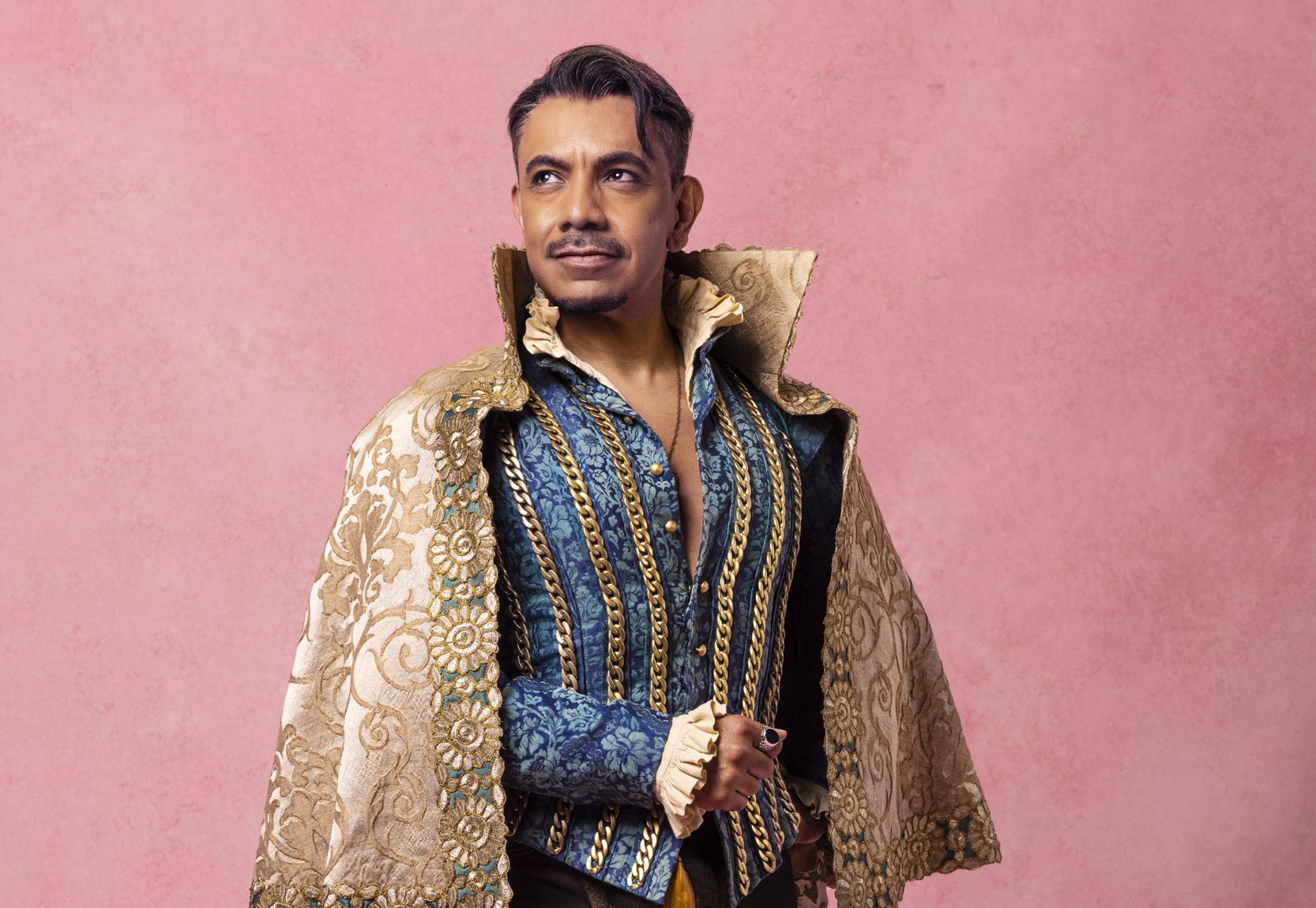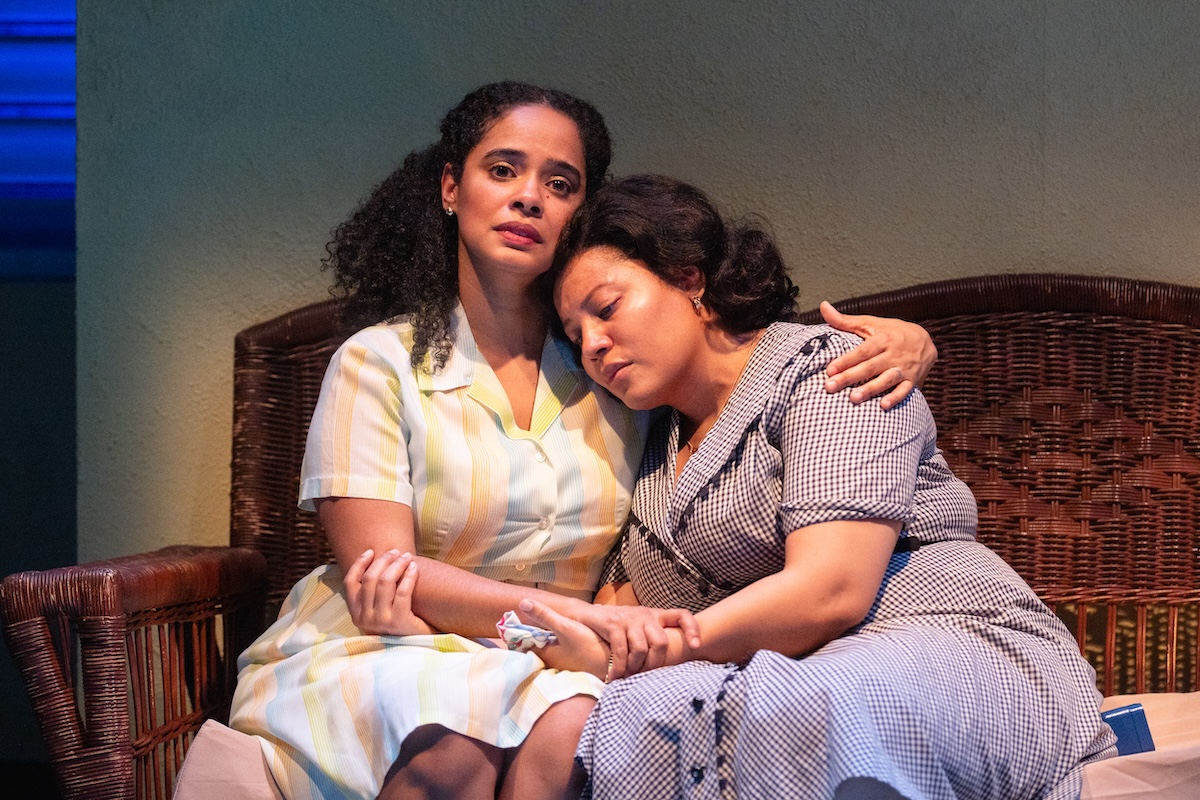Bonnie & Clyde

in Bonnie & Clyde
(© Nathan Johnson Photography)
Anyone following composer Frank Wildhorn’s often-assailed career will be glad to hear that
Bonnie & Clyde, his new Broadway musical now at the Gerald Schoenfeld Theatre, is a definite improvement over such disappointments as Wonderland, The Scarlet Pimpernel, The Civil War, and Dracula. Nonetheless, the tuner — featuring often mundane lyrics by Don Black and a curious book by Ivan Menchell — rarely rises above mediocrity.
The work aspires to establish the headline-grabbing 1930s outlaws (played by Jeremy Jordan and Laura Osnes) as two love-besotted kids who just want to live fast, love hard and die young. Along the way to their eventually bullet-ridden demise in that getaway Ford, they off any number of policemen, bank tellers, and the occasional bystander — becoming heroes to some in the process.
It’s true that the pair are jerked around by the unfulfilled promise of the American Dream. We see the young Clyde (Talon Ackerman), growing up in squalor and wowed by legend-coated tales of Billy the Kid, and young Bonnie (Kelsey Fowler), learning from movie magazines that Clara Bow was living a star’s life that every girl deserves. But while there are hints that the musical is meant to resonate with today’s audiences because of the developments following the 2008 economic downturn, it doesn’t.
Roped into the plot are Clyde’s loyal, slightly dim-witted brother Buck (Claybourne Elder) and Buck’s small-town beautician wife, Blanche (Melissa Van Der Schyff), the only gang member with something resembling a conscience; local police officer Ted Hinton (Louis Hobson), who’s hell-bent on tracking Clyde down out of revenge for stealing Bonnie away; the couple’s parents (Mimi Bessette, Leslie Becker, Victor Hernandez) — who are worried about their offsprings’ whereabouts but not above taking heisted money — and a local preacher (Michael Lanning), who leads the congregation in “God’s Arms Are Always Open,” a gospel outcry geared to show ironically that religion is just another deception and no solace in troubled times.
God certainly doesn’t appear to be present when Clyde is raped in prison — as this retelling has it — and thereupon transforms from a robber to a murderer. Menchell also carefully points out that although Bonnie takes to wielding a pistol, she never uses it, preferring to sit in the auto while Clyde and Buck take care of nefarious, copious blood-letting business.
Following Jeff Calhoun’s conscientious direction and scant choreography, the cast determinedly go about singing the score, occasionally creating some sparks. Osnes, who wows with the pop pastiche “How ‘Bout a Dance,” and Jordan, proclaiming the driving skills that enable him to outmaneuver pursuers in the catchy “When I Drive,” propel themselves into their roles wholeheartedly, while Hobson and Van Der Schyff deliver their numbers especially well.
Contributing to the production’s convincing look are Aaron Rhyne’s busy projection design, which constantly reminds the audience of an impoverished land, Tobin Ost’s period-appropriate sets and costumes, Michael Gilliam’s flashing lights, John Shivers’ shiver-inducing sounds, and Charles LaPointe’s wigs — one of which, laden with rollers meant to suggest a lady enduring a permanent wave, could be a stand-alone sculpture.











